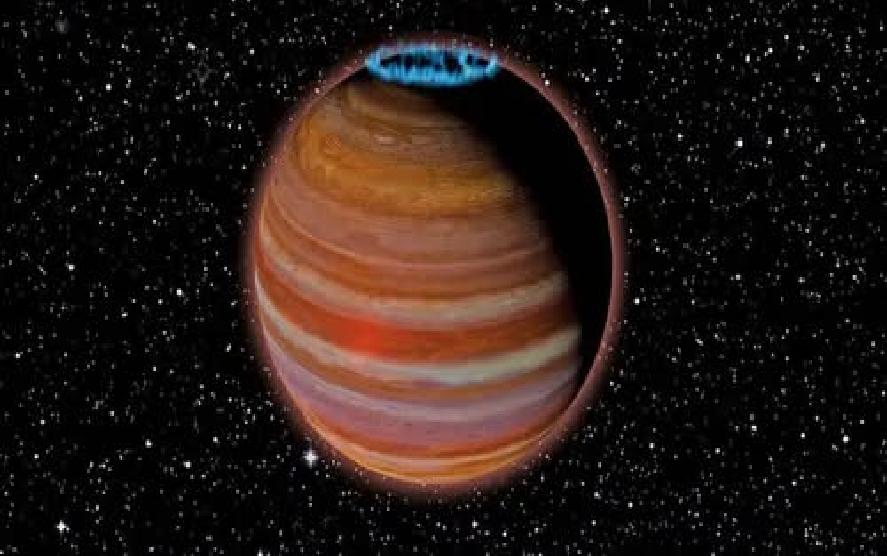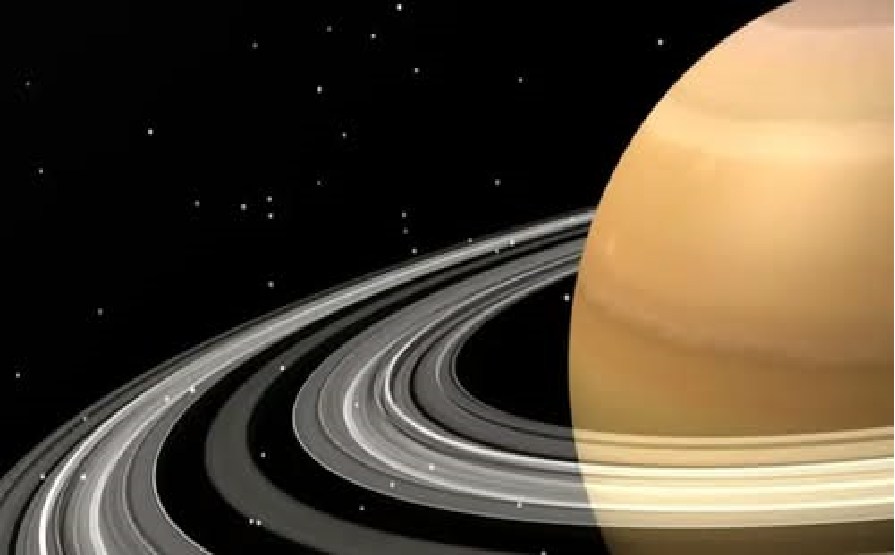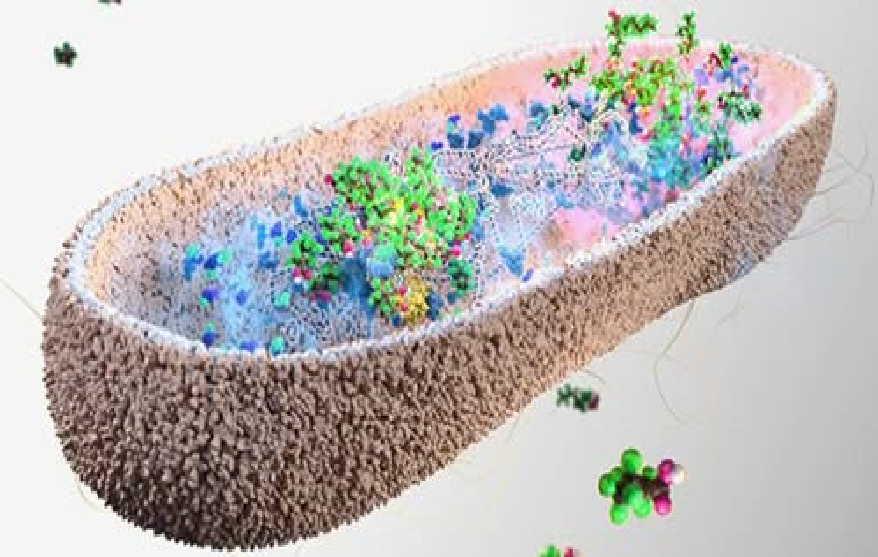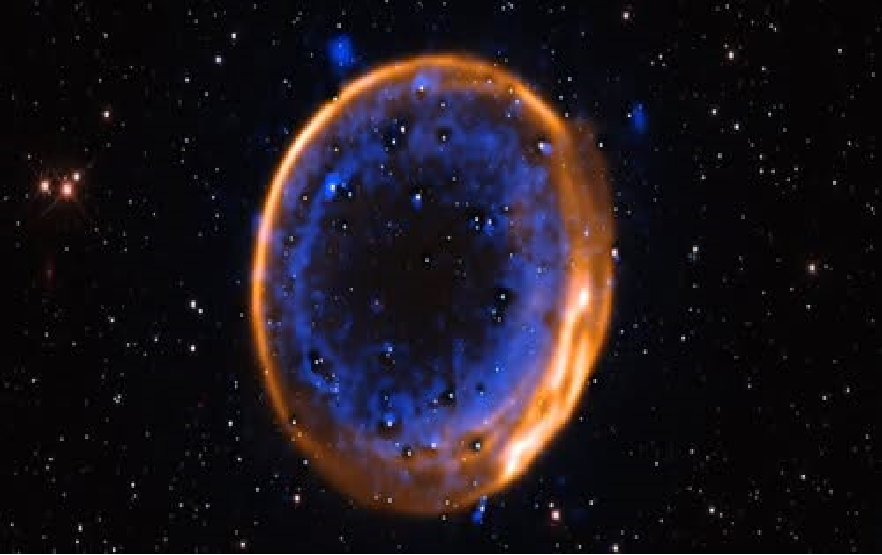Astronomers Find a Wandering Planet With a Magnetic Field Millions of Times Earth’s
SIMP’s surface temperature exceeds 1,500°F—hot for a planet without a star. Key Takeaways _____ IMP: A Wandering Magnetic Marvel Astronomers have identified a remarkable rogue planet, SIMP J01365663+0933473, which roams the Milky Way without a parent star. This enigmatic object lies just 20 light-years away and boasts a magnetic field 4 million times stronger than […]
Astronomers Find a Wandering Planet With a Magnetic Field Millions of Times Earth’s Read More »






